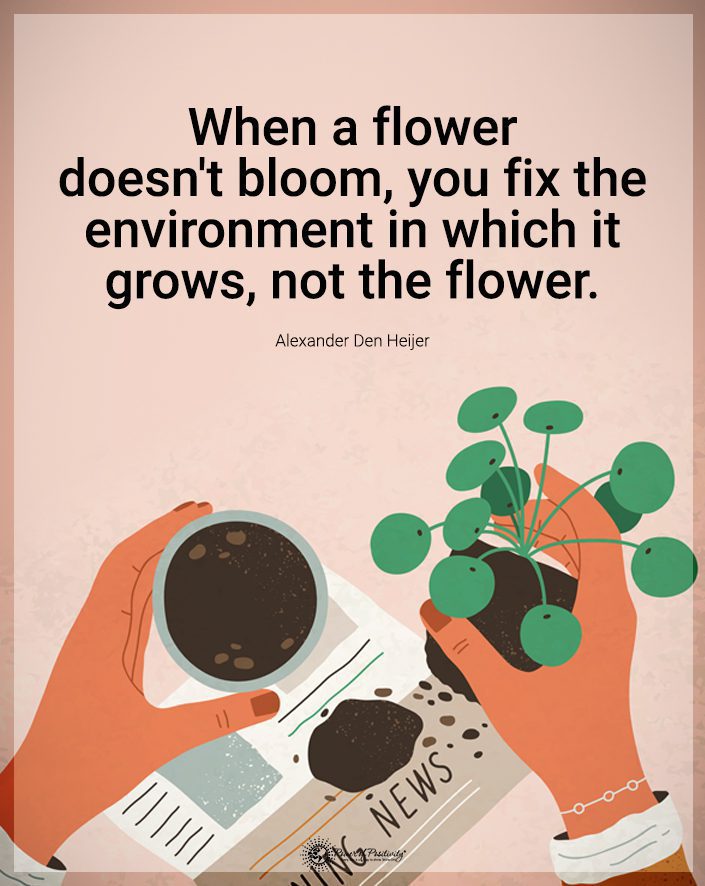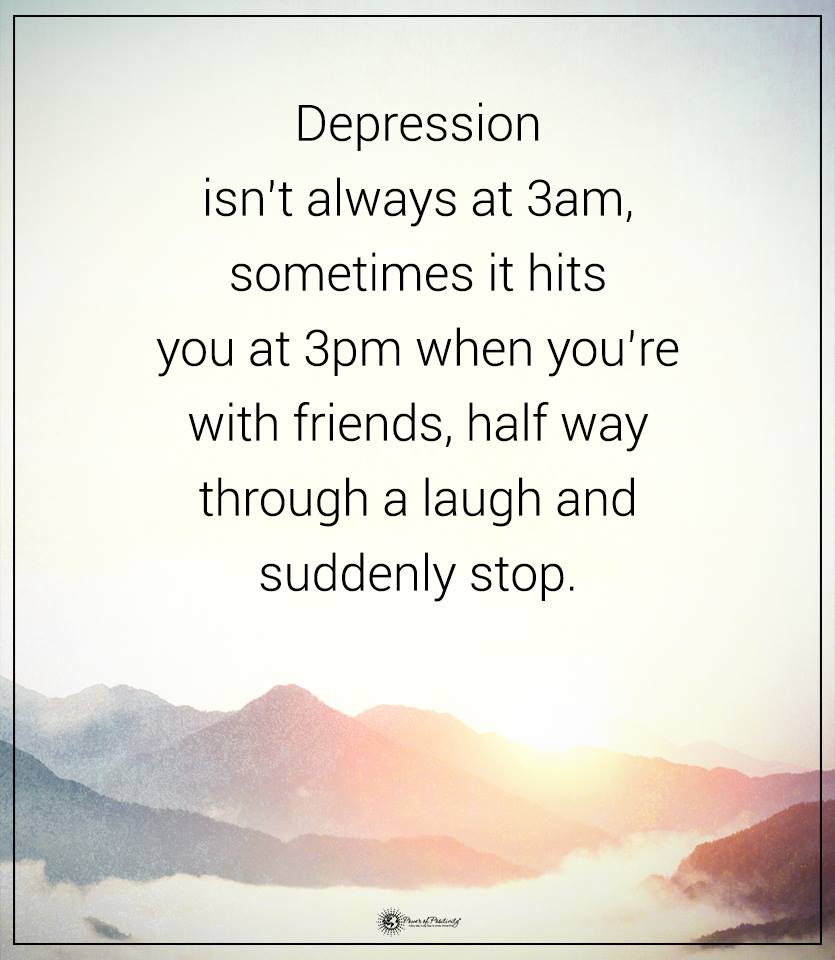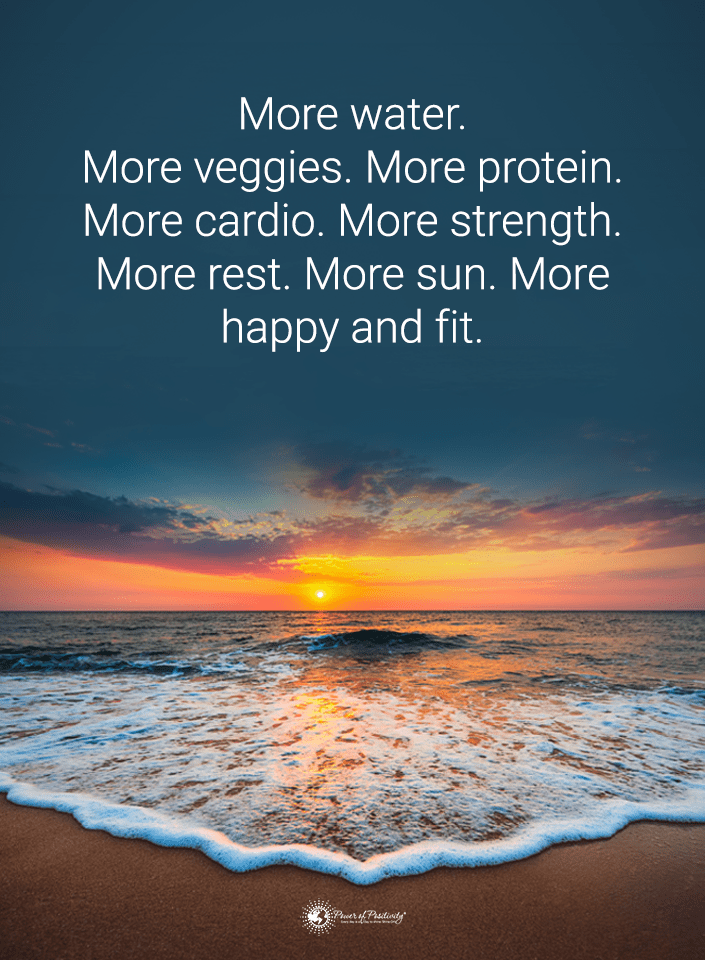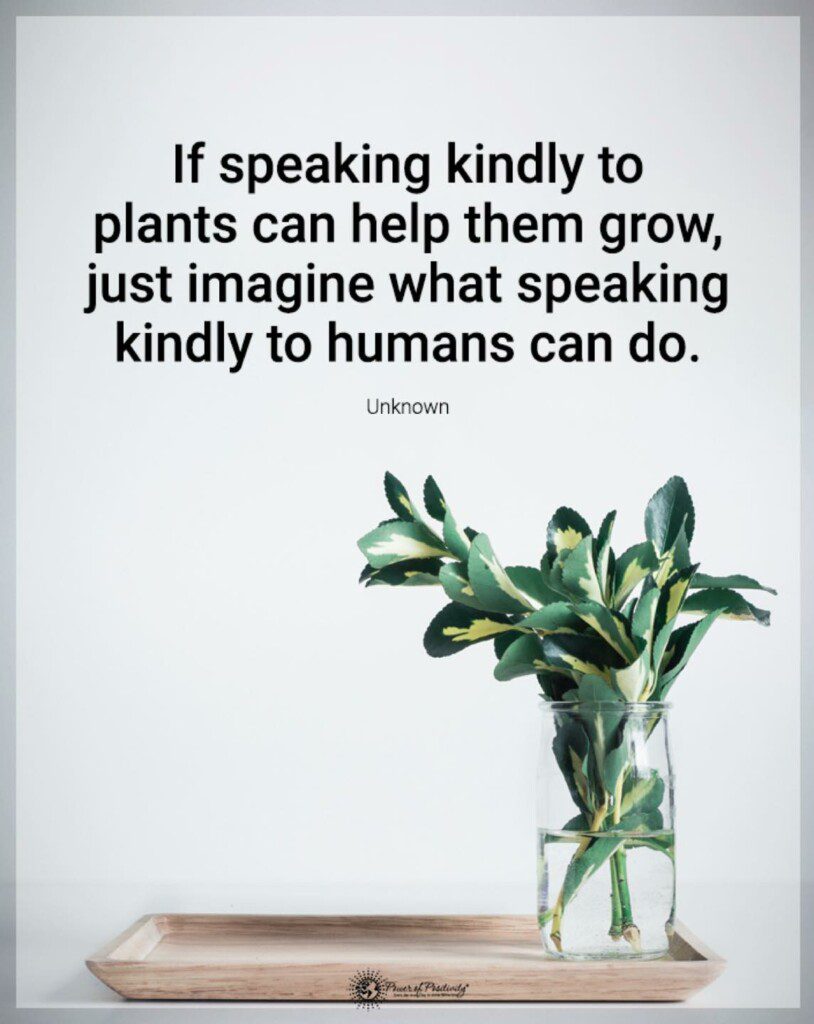Have you been divorced for a while, and now you’re thinking about remarrying your ex? Understandably, you would miss someone you loved for a long time. Why would you like to remarry after a painful breakup? Some realize they were soulmates and made a terrible mistake. But others have more complicated reasons.
There are problems and rifts in even the most loving relationships. People are still individuals, and they will often bump heads. The key to making the relationship work is learning to set boundaries, compromise, and learn from mistakes.
Divorce is high on the list of human losses. Everything you know is shaken, and you feel like you’ve lost your best friend. You will go through the process of grief and its many turning emotions, just like with other losses.
There will be many bitter exchanges and a lot of tears. Frequently, financial difficulties arise as well as questions about child custody. These experiences can leave a person drained and never wanting to be in a relationship again.
However, some people learn to cope and go on with their lives. They may find another person and form a lasting relationship. For others, the thought of not being with their soulmates forever may be more than they can handle.
Why Do Divorced Couples Remarry?
Even if you’ve both experienced a painful divorce, it may not be forever. The spiritual connection you have may be enough to start the healing process. These are eight reasons why divorced partners choose to remarry.
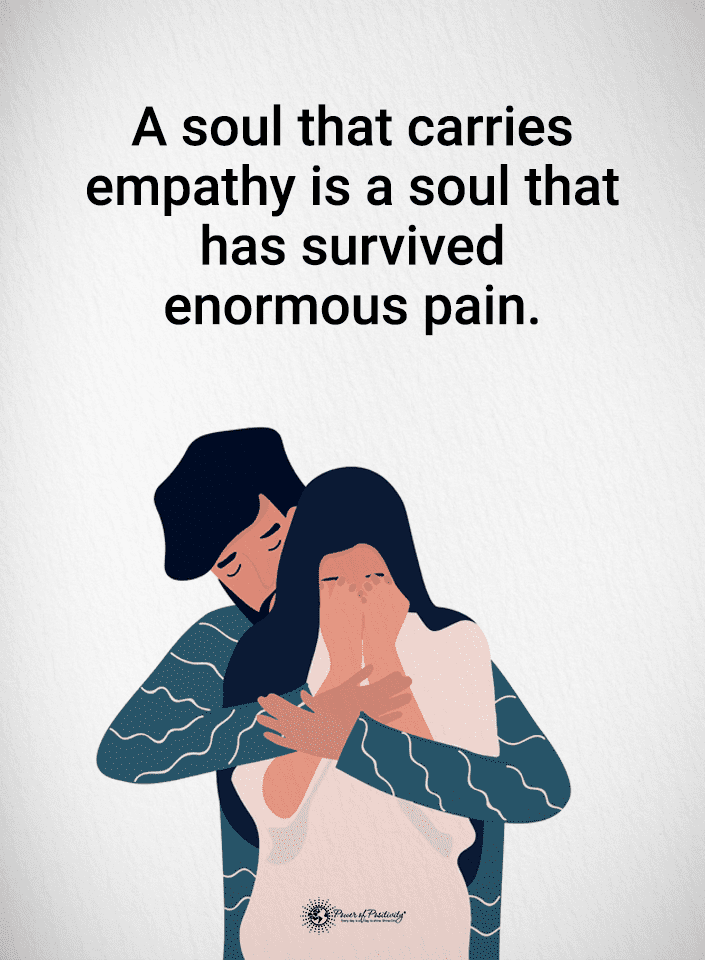
1. Distance Makes Your Heart Grow Fonder
Some remarry their former spouse because the separation is too emotional to handle. Remember the glory days during your engagement and wedding? You’d found your soulmate and spent so much time together that being apart was out of the question.
Somehow, your relationship began to deteriorate, and both of you felt more comfortable being apart. Maybe it got so bad that you couldn’t stand being in the same room with them. These restless and hostile feelings were part of why you filed for divorce.
If you lose your identity in a relationship, neither of you will feel content. While it’s essential for couples to be together, you still need time for your interests and personal growth. Being separated after a divorce may help you regain your sense of individuality.
However, you may see how much you miss your ex and that they are your soulmate. Your heart longs for the excitement and romance you had as a couple. Such a yearning can make you want to remarry them and make it work this time.
2. You Realize That the Grass Isn’t Greener
When you’re in a crumbling marriage, it’s easy to think that other people don’t have problematic relationships. You looked around and saw your family and friends smiling, holding hands, and living their best lives.
You began to fantasize about writing a fresh chapter in your newly single life. Walking back into the dating scene probably felt strange after being married for so long. But you were determined to find what you missed out on in your former relationship.
It would be just like a scene in your favorite romantic movie. They would glance at you from across the room, and it would be love at first sight. It will be a whirlwind romance of endless champagne bubbles, roses, and midnight serenades.
Those sparkling, live-happily-ever-after couples only exist in soap operas and romance novels. When you face reality, you’ll find that every relationship has flaws. Even the most beautiful and talented people make mistakes and disappoint each other.
Once you see that your situation wasn’t unusual, you may view your former spouse differently. Perhaps they look even better when you compare them to some toxic people you’ve met. Re-evaluating your past relationship may help you see that they’re your soulmate and you want to remarry them.
3. You’ve Had Time to Think, So You’re Ready to Remarry
While time doesn’t heal all wounds, it gives you space to think. Right after a divorce, your nerves and emotions are raw. You can’t see past the anger and hurt and may pray on it for a while.
After a while, you might get a new perspective on your broken relationship. You might gain more clarity and change your attitude about the past. Your ex may also have second thoughts about what destroyed your marriage.
Most importantly, you’ll have time to consider what brought you together in the first place. Do you still dream about your former spouse as your soulmate? This season of soul-searching may confirm that you want to remarry.
4. You’ve Learned to Forgive and be Forgiven
Broken marriages usually have a history of offenses, hardships, and hatred. These issues aren’t automatically resolved once you get divorced. They can lead to bitterness, depression, and isolation if left undone.
The time you spend away from your former partner may allow you to forgive. You cannot excuse or forget the pain of the past. You’re not giving them a free pass to forget about their contribution to your failed relationship.
However, you’ve learned to forgive as a gift to yourself. An article published by Harvard University states that forgiveness can ease depression and boost self-esteem. It can also lead to greater life satisfaction, per the article.
Perhaps there were some issues in your past marriage that were your fault. A step toward healing is to apologize and ask for forgiveness. Then, you work to make amends and try never to repeat those offenses.
Unfortunately, some divorces become so bitter that the couples can’t reconcile and remarry. If you and your ex believe that you are soulmates, learning to forgive is a significant victory. At least if you don’t remarry, you can let go of the past and go on with your lives.

5. Time Has Changed You Both, and You Want to Remarry Your Ex
If you married your high school sweetheart, you’re in good company. According to a publication from the U.S. Census Bureau, at least 25 percent of couples married out of high school. You may have found your soulmate as a teen and wanted to be together for the rest of your life.
What if you married your long-time love and it ended in a divorce? Does it mean that you were never meant to be a couple? You’ll never know until you both have time to think as a single person again.
Remember that everyone changes with time, be it positive or negative. You aren’t the same people today that you were in high school. You’ve both changed since your relationship split.
Only time will tell if your changes were for the better. In some cases, you find that you’re still not compatible. In your case, time may have been a friend, and you want to rekindle what you had in the past.
6. You Decide to Remarry Because Your Heart Knows That You Are Soulmates
A lasting relationship understands the language of your heart. Even if you divorced your mate, does your heart remain connected to them? If so, reconciliation may not be out of the question.
7. You Share History Together
While attraction brings people together, love and shared history can keep them together. The beautiful moments you shared as a couple may be forgotten because of divorce. You may meditate on the negativity, pain, and loss at that moment.
Many divorced couples choose to remarry because they’ve shared so much history. They remember the good times and want to put the negative ones behind them. If this sounds like your story, maybe the Universe is trying to tell you something.
8. You Remarry For the Children’s Sake
One of the most challenging complications in a divorce is when children are involved. The question of custody, visitation, and child support isn’t always amicable and can lead to years of court battles. However, some divorced couples deal with these issues civilly and remain on good terms for their children’s sake.
It’s worth noting that if you and your ex had a toxic relationship, staying together for the kids isn’t beneficial to anyone. You’ll both end up miserable, and your children will be in the middle of the fallout. It’s best to part ways and work together to raise them.
But some former spouses tie the knot again because they love each other and want to be a family. They’re tired of the split weekends and holidays and how the kids are shuffled back and forth. If you feel you can reunite with your ex and your children will be happy, it could be a blessing for you all.
Final Thoughts on Why Divorced Partners Remarry
Just because a couple gets divorced doesn’t mean they hate each other. Sometimes, this break is what the relationship needs for healing and re-evaluating. Divorce isn’t always a forever thing, and you may find that your journey leads you back to each other and remarry.



